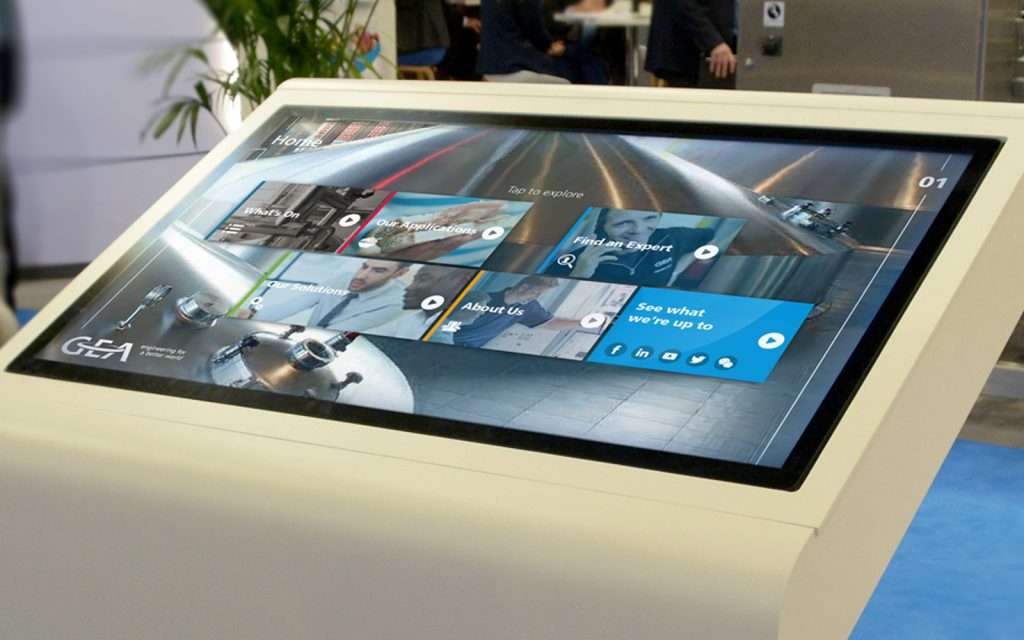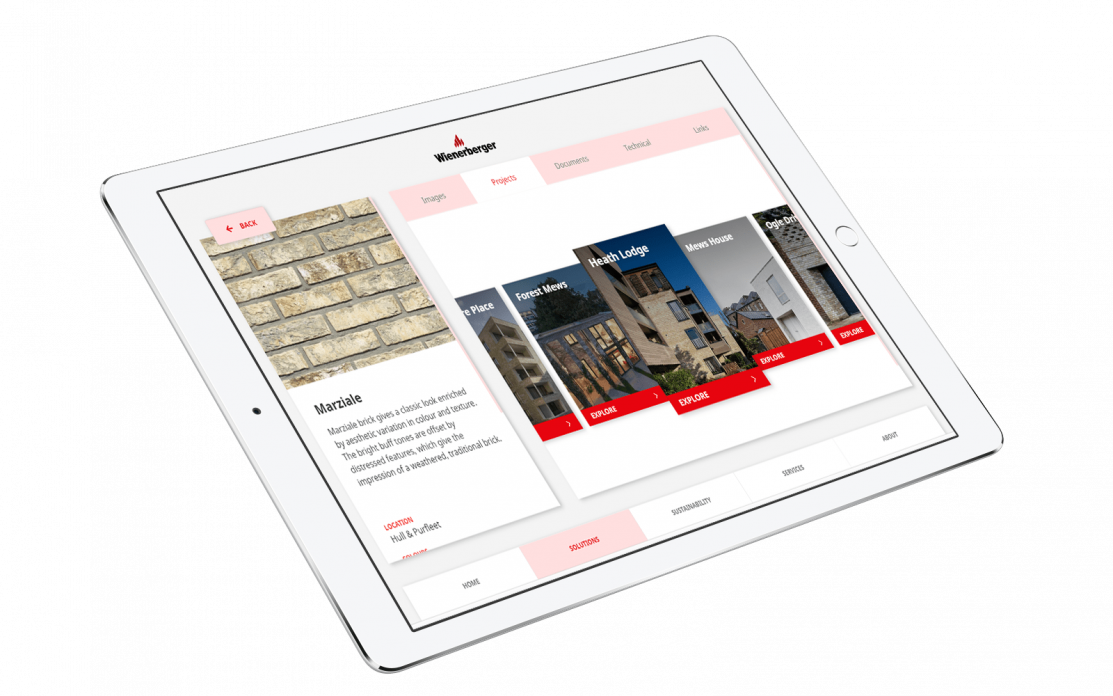There’s a lot happening in the sales enablement world right now.
In fact, the term ‘sales enablement’ seems to be on everyone’s lips, with people rushing out to invest in sales enablement technology whilst redefining their processes and strategies. But we can’t afford to leave methodology behind in the fray – it’s one of the most important parts.
With the updated statistic (thanks to SiriusMinds) that 67% of the buyer’s journey now takes place digitally, the best way forward is to get the balance right between CRM, sales methodology and analytics to create a seamless experience for customers at every stage of their journey.
As creators of interactive sales enablement content and experiences, we know a thing or two about effective sales enablement methodologies. So, let’s talk through some of the reasons why technology and methodology really need to come together for an effective sales enablement strategy going forward.
Sales tech is good – but it won’t close deals alone
In the past few years, CRM systems and other sales and marketing tech has becoming increasingly popular for businesses to adopt. But there’s a disconnect, leading to a high install, low adoption rate and the feeling that something’s just… missing.
Making these tech solutions – including interactive presentations and experiences – available to sales teams is great. They can allow your sales team to access content and information they need easily, as well as collaborating seamlessly with other teams and increasing productivity.
However, if there’s a problem within your sales processes and all you’re doing is throwing tech at it, without actually addressing the problem itself, that problem will not go away.
Worst case scenario is that you’ll still have the main problem, plus the extra administrative responsibility of the CRM and another distraction for your sales team.
So, what should we be doing instead? Well…
CRMs have to be used more intelligently – not as just a record
The mistake many businesses are making is simply using their CRM as a record that lists previous wins and failures, without really helping with prospects and scenarios that are still underway. CRM data is sometimes just entered as an afterthought, rather than updated throughout the day, as things happen.
However, utilising more intelligent CRM tools that leverage AI and MI capabilities, and along with lead standardisation and sales process formalisation, can make a huge difference when it comes to achieving better, more predictable results – allowing your team to make smarter decisions going forward.
The key takeaway here is that by combining predictive analytics with a solid sales methodology, your team will want to get more onboard with updating the CRM and letting it play an integral role in their success – because they’ll start seeing the proof that it works. Take a look at these five sales enablement statistics and what they mean for you.
You need to find ways to add value for buyers early on
There’s no amount of tech that can compensate for not knowing who your best customers are. If you don’t know who they are, then you can’t deliver them the value they need – something that it’s becoming increasingly important to do early on in the sales process.
You need to understand their business, their questions, their challenges and their objectives as deeply as possible. If possible, never close the book on your buyer personas, and take into consideration the current customer trends and challenges they’re facing.
The above advice applies regardless of whether you’re putting together some high quality awareness content, some engaging interactive content, or whether you’re going into a pitch to seal the deal. You should aim to deliver value at every stage of the buyer’s journey, so you have to know what they’re thinking at each stage, too.
Combine this with a good sales methodology, robust CRM and tech (AI/MI) that takes a much deeper look at your analytics, and you’ll soon learn how to duplicate winning strategies, along with better understand your ROI from various sales activities.
Sales analytics tools, AI and MI need to work together
The previously mentioned AI/MI is becoming a much bigger trend for 2019 and involves using pattern recognition to identify the highest potential new prospects.
Sales teams who are adopting AI/MI are seeing increases in their leads and appointments by around 50%. On top of that, they’re also seeing cost reductions of up to 60%, and call time reductions of up to 70%.
But there’s more; according to reports by Gartner, around 30% of all B2B companies will be employing AI to augment at least one of their primary sales processes this year. This means that the earlier you embrace it, the more of an advantage you’ll have over your competitors.
If you can combine this with sales analytics and a good CRM (along with, of course, knowing your customers) then you may join some of the highest-performing sales teams (who, incidentally, are 4.1 times more likely than their peers to be using these applications). We’re just saying.
Buyer behaviour has changed – sellers must catch up
It’s been the main line in explaining the need for content/inbound marketing for a few years now, but that doesn’t make it any less true. Buyer behaviour HAS changed, and people are now doing a lot more of their own research.
This is why your sales team must be prepared to deal with buyers who, in this digital age, are going online and becoming much more informed that they previously would have been. Essentially, they’re arming themselves with information before they even speak to you.
This is why a good content marketing strategy is essential – but also, a good CMS for keeping your content readily available and accessible to your sales team. We’ve actually written a blog about this: Why Good Content Management is the Key to Sales Enablement.
Embracing the digital channels that buyers are now hardwired to seek out before they get in touch with you is an absolute must – and just another element of your sales enablement methodlogy to take into consideration.
Tip: Find out why your sales enablement strategy should be constantly evolving.
One last thing…
When it comes to sales enablement, there are so many pieces to fit in the jigsaw. From training, supporting and coaching your sales team, to implementing tech, CRMs and analytics and creating customer-centric content that addresses their main questions, challenges and concerns at every stage of their journey.
It’s a lot to think about, but if you get it sales enablement right – and find the right combination of technology and methodology – you’ll be onto a winning formula that could give you a step-up above the competition.
Here at POP, we specialise in creating interactive sales tools and content that empower businesses to make those all-important sales. Take a look and see for yourself!
If you’d like to know more about what’s possible with interactive sales enablement tools, get in touch with us on +44 (0)117 329 1712 or hello@popcomms.com. We’d love to hear from you.
Related Posts

Which Types of Interactive Content Should Feature in a Presentation?
Read

Advanced Manufacturing: How to Improve the B2B Buyer Journey with Interactive Tools
Read

How to Align Sales & Marketing to Ensure a Consistent Customer Journey
Read

Why Good Content Management is Key to Sales Enablement
Read